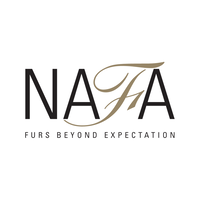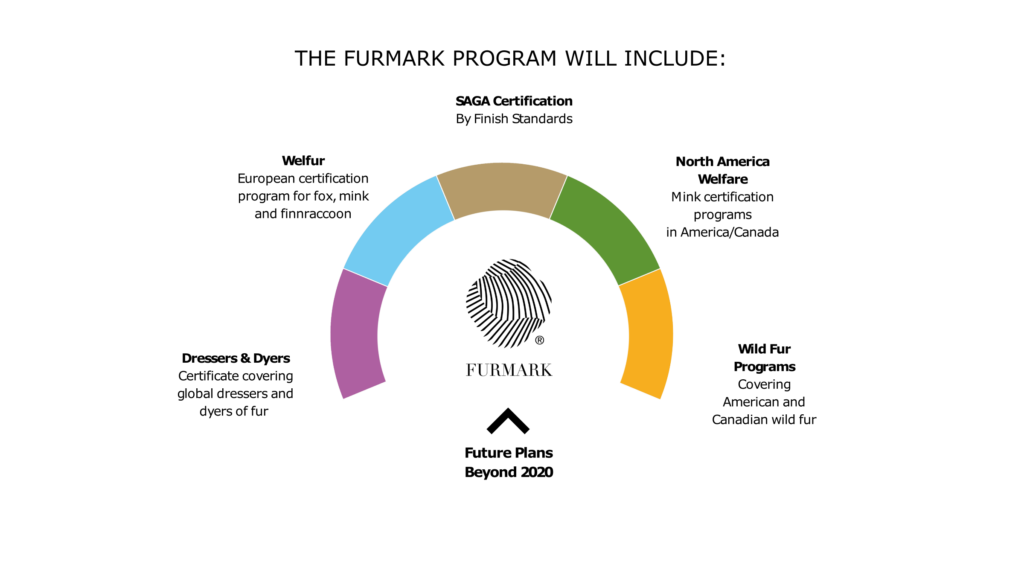PETA argues that seal fur is unnecessary, as there are “FAUX FUR” synthetic replacements which are often derived from a non-renewable resources (plastic). Recent studies have shown micro plastics in the oceans, in the food system and now ingested by humans- results from synthetic fabrics & furs.
Seal Fur is a natural, organic material, and like all such materials will quickly disintegrate and biodegrade unless preventive measures are taken. To prolong the life of fur garments, seal pelts first undergo a special tanning process known as “dressing”. This process protects the hair follicles and the fur, while preserving the skin, making it less likely to disintegrate and therefore more durable.
However, even this tanning process cannot prevent deterioration entirely, and the fur pelts will, in time, dry out and become brittle. But when the garment is properly cared for, this could take several decades.
Eventually, however, fur pelts will biodegrade just like any other organic material, and can even be turned into compost for your garden. For example, current scientific research has shown that a 4”x4” square of mink will decompose at the same rate as an oak leaf. To demonstrate this, and also to compare the rate of degradation with that of fake fur made from petroleum, Truth About Fur conducted the Great Fur Burial experiment. The results were clear. After one year, the real fur had almost entirely biodegraded, while the fake fur remained intact.






